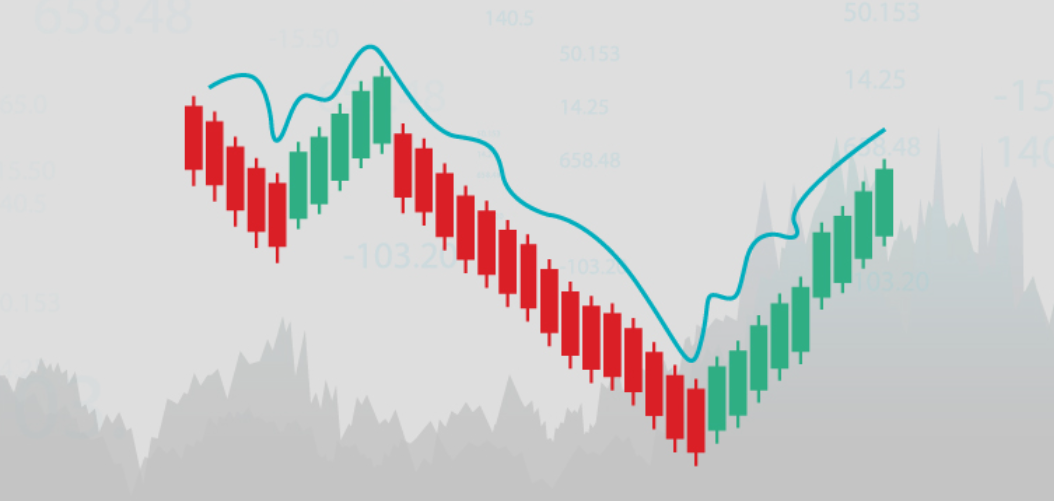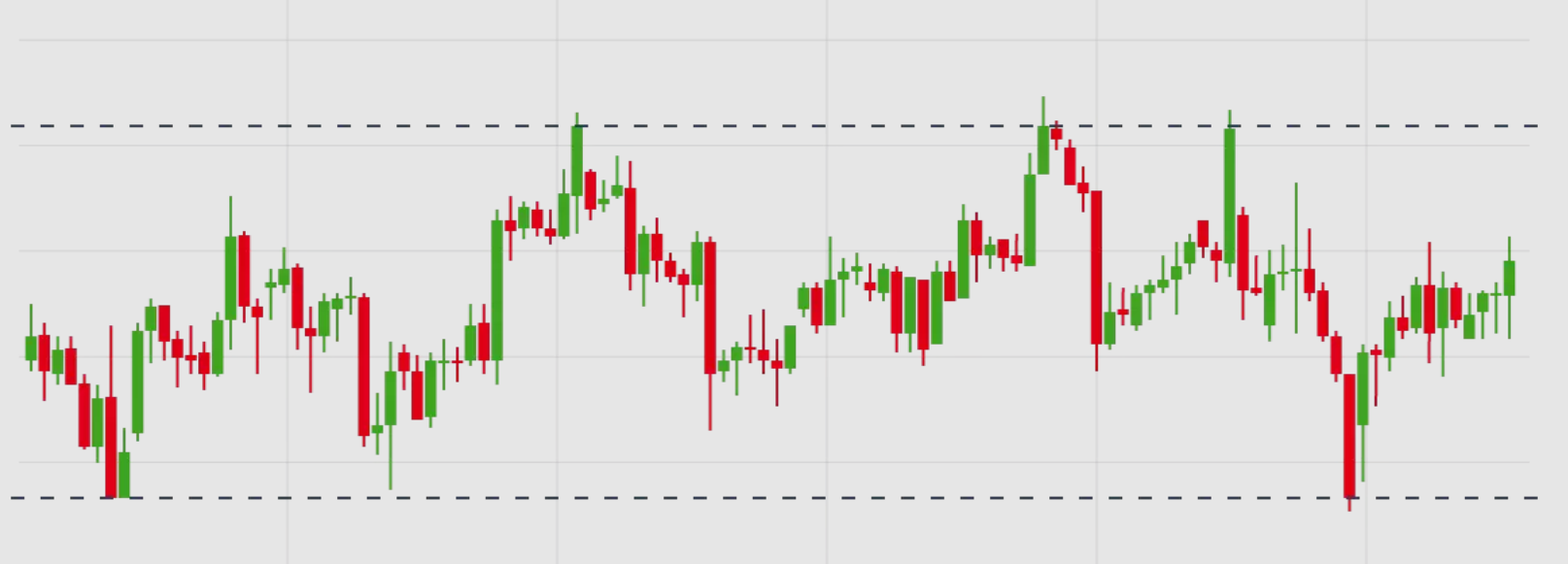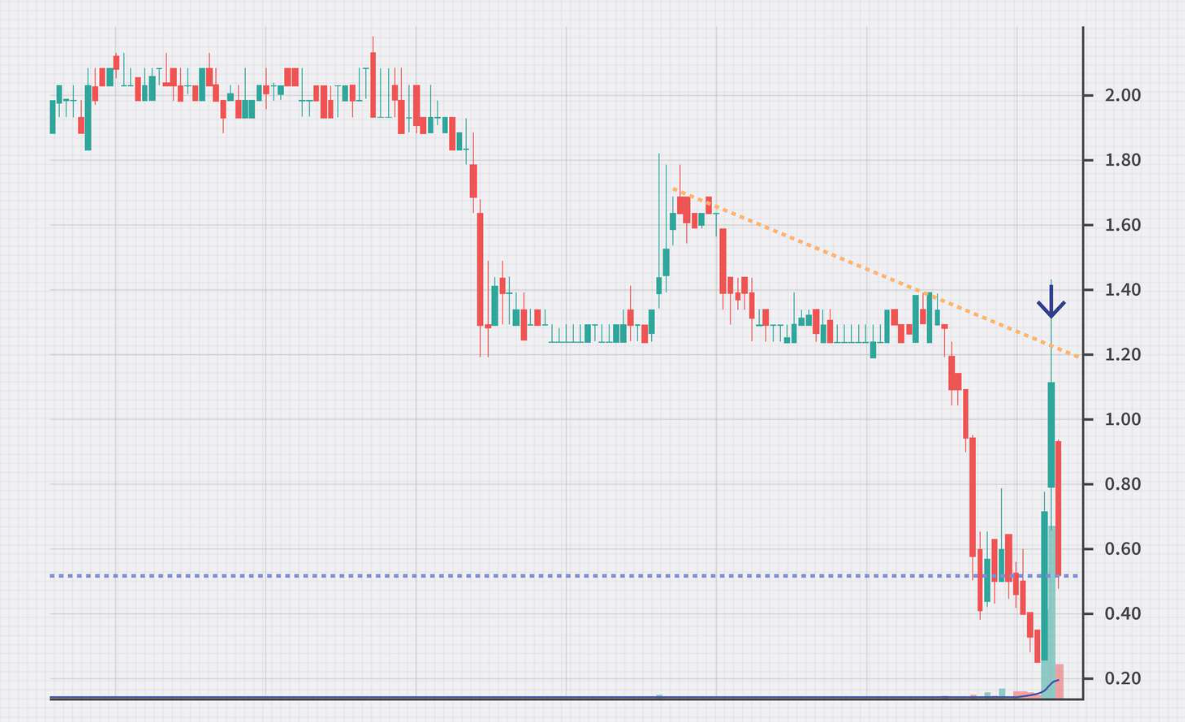How to Register and Verify Your IQ Option Account in Thailand
IQ Option has emerged as one of the most popular [...]
IQ Option has emerged as one of the most popular [...]
Options have become increasingly popular as traders seek versatile methods [...]
In today’s fast-paced financial markets, efficient payment systems play a [...]
In the fast-paced world of online financial markets, having a [...]
Options present a versatile and dynamic way to participate in [...]
The term "Brexit" has become one of the most significant [...]
Success in the markets depends on selecting and mastering strategies that align with your personality, risk tolerance, and financial goals. No single approach works for everyone, so understanding the nuances of various trading strategies is crucial to developing a well-rounded plan. This guide aims to explore the major strategies in detail, providing you with the knowledge and tools to build a versatile and effective toolkit tailored to your unique needs.
From short-term tactics like day trading and scalping, which target quick price moves, to longer-term position and momentum methods, each style has pros and cons. Day trading requires fast decisions, while position methods demand patience and focus on fundamentals. Combining technical and fundamental analysis helps make informed choices. Algorithmic methods add precision and speed, reducing emotional bias—an advantage particularly relevant for markets like binary options trading strategy, where timing and clarity are essential.
I’m Olivia Tran, a market participant with over a decade of experience across forex, commodities, derivatives markets, and binary options. Alongside my team of analysts, we have researched, tested, and refined numerous strategies suitable for a wide range of markets and participant profiles. Through this guide, we aim to share our expert insights and practical advice to empower you with the confidence and skills needed to navigate the complex and ever-changing world of market participation successfully.
In today’s fast markets, having versatile approaches is vital. Rapid changes from news or events require participants to be flexible and adaptable. Whether working manually or using automation, knowing each strategy’s strengths and limits helps manage risk, stay disciplined, and improve performance—qualities that are especially important when trading binary options, where outcomes can be swift and definitive.
Trading strategies vary widely, each catering to different trader personalities and market conditions. Understanding popular approaches helps you select the one that aligns with your goals and risk tolerance.

Day trading involves opening and closing positions within the same trading day to capitalize on short-term price movements. It requires quick decision-making, technical analysis skills, and strict risk management. Day trading strategies often include high-volume trades and leverage to maximize gains while minimizing overnight risks. If you’re wondering what is day trading, it’s simply trading within a single day to capitalize on short-term fluctuations in price.
Swing trading targets price swings over several days or weeks, aiming to profit from medium-term trends. Traders combine technical and fundamental analysis to identify entry and exit points. This strategy balances the speed of day trading with the patience of longer-term approaches.
Scalping is a high-frequency trading method where traders seek small profits repeatedly throughout the day. Scalpers execute numerous trades with tight stop losses and rely heavily on market liquidity and fast execution. This approach demands intense focus and discipline.
Position trading involves holding trades for weeks, months, or even years to benefit from major market trends. It relies primarily on fundamental analysis and macroeconomic factors rather than short-term price fluctuations. This strategy suits traders with longer investment horizons.
Momentum trading focuses on entering trades when strong trends are identified, riding the market’s momentum until signs of reversal. Traders use indicators like the Relative Strength Index (RSI) or Moving Average Convergence Divergence (MACD) to gauge market strength and time entries and exits.
Technical analysis studies past price patterns to predict future moves. Using charts and indicators, traders identify trends, reversals, and key levels to time trades. Mastering these tools is vital for accurate, timely strategies.

Moving averages smooth out price data to identify trend directions and potential support or resistance levels. Simple Moving Averages (SMA) and Exponential Moving Averages (EMA) are commonly used to generate buy or sell signals based on crossovers.
Chart patterns like head and shoulders, double tops and bottoms, and triangles provide visual cues about potential price reversals or continuations. Understanding these pattern charts aids in predicting future market movements and timing trades effectively.
The Relative Strength Index (RSI) measures overbought or oversold conditions, MACD tracks momentum changes, and Bollinger Bands highlight volatility. Combining these indicators enhances trade confirmation and risk management.
Fundamental analysis examines economic, financial, and political factors affecting asset prices. It helps understand long-term trends by evaluating indicators like interest rates, GDP, and earnings. Combining it with other methods builds a balanced strategy. This approach allows traders to anticipate market shifts driven by real-world events and data.
Economic indicators such as GDP, unemployment rates, and inflation data influence currency and stock prices. Traders monitor these releases to anticipate market reactions and adjust their positions accordingly.
Corporate earnings announcements can cause significant price swings. Fundamental traders analyze earnings to gauge company performance and market sentiment for informed decision-making.

Geopolitical events, policy shifts, and unexpected news often trigger market volatility and create unique opportunities. Staying informed and analyzing how such developments influence markets is essential for effective fundamental market participation.
Algorithmic systems use computer programs to execute strategies automatically based on predefined rules. This method enhances speed and reduces emotional bias in market participation. It allows users to backtest strategies using historical data before deploying them live. Moreover, these automated systems can monitor multiple markets simultaneously, increasing efficiency and coverage.
Algorithmic systems use software programmed with specific rules to execute buy and sell orders automatically. They enable high-frequency transactions and rapid data processing, helping users exploit minor market inefficiencies. Moreover, these systems reduce human errors and emotional biases, enhancing overall consistency in market participation.
Creating effective algorithms involves coding strategies and rigorously testing them on historical data to ensure robustness. Trading backtesting helps identify weaknesses and optimize performance before live deployment.
Selecting a market approach depends on your experience level, time commitment, and risk tolerance. Beginners often begin with straightforward methods like swing trading strategies or position approaches, while seasoned participants may opt for scalping forex or scalping strategy. Ongoing experimentation and education are essential to finding the strategy that suits you best.
Trading success requires ongoing learning and adaptation. The FAQ section addresses common questions to support your journey as a trader.
Swing trading and position investing are often advised for beginners because they involve less stress and simpler execution than fast-paced strategies. What is swing trading? It’s a method where traders aim to capture short- to medium-term price movements over several days or weeks.
Yes, combining strategies can diversify risk and exploit different market conditions, but it requires careful management to avoid conflicting signals.
Mastery depends on individual dedication, learning resources, and market experience; typically, it can take several months to years to become consistently profitable.